Lizards

Cryptosporidiosis in Reptiles
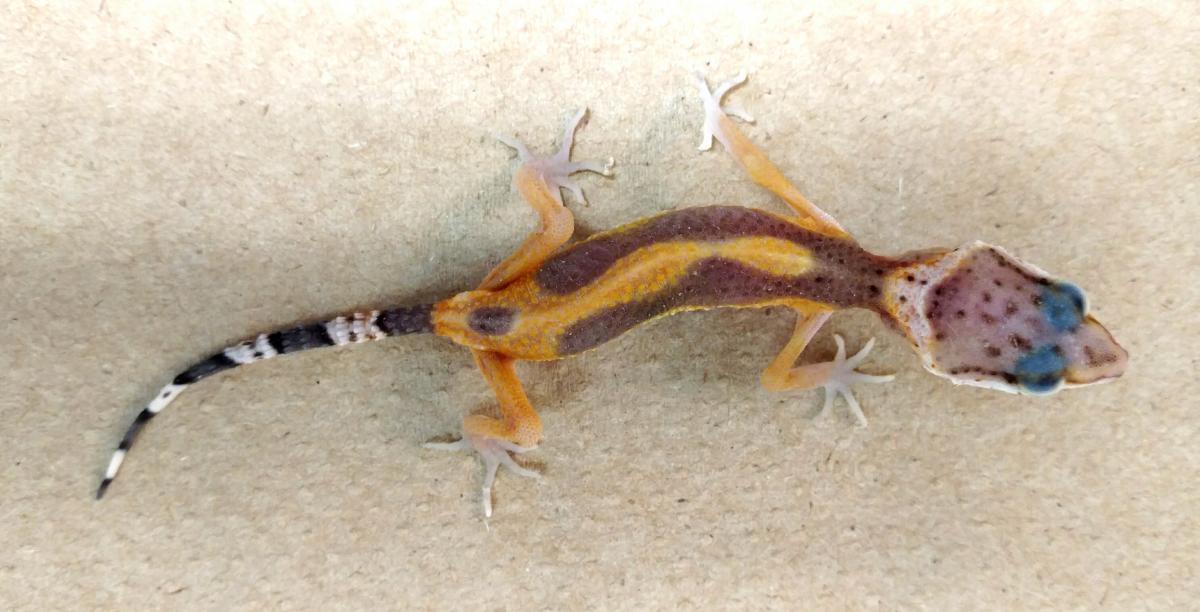 Cryptosporiosis is caused by an internal parasite that can infect many different species of animals. It is caused by a protozoal, or one celled, parasite called Cryptosporidium. There are several species of Cryptosporidium, but the most commonly encountered in reptiles is C. serpentis. Cryptospordiosis is an important disease in reptiles due to its tendency to be highly contagious and high mortality rate.
Cryptosporiosis is caused by an internal parasite that can infect many different species of animals. It is caused by a protozoal, or one celled, parasite called Cryptosporidium. There are several species of Cryptosporidium, but the most commonly encountered in reptiles is C. serpentis. Cryptospordiosis is an important disease in reptiles due to its tendency to be highly contagious and high mortality rate.
Kidney Failure in Chameleons
Basic Care: Blue-Tongue Skinks
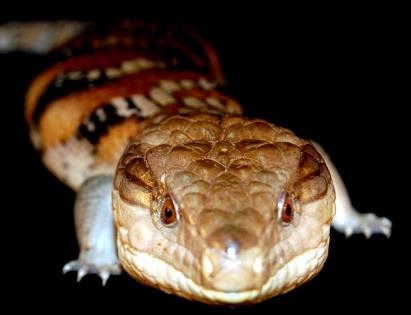 Blue-tongues are by far the most popular pet skink which can be hardy captives if they are captive-bred. Many captive-bred pet blue-tongue skinks will become quite friendly and beg to come out when they spot their main care-giver. Captive-bred blue-tongue skinks can be much easier to raise than bearded dragons. Blue-tongue skinks are more tolerant of lower temperatures and have lower ultraviolet-B requirements. They do not require live food and do well on a diet of green leafy produce mixed with fruits, legumes and other vegetables, and an animal protein source. Blue-tongue skinks are very tolerant of handling and become quite tractable as they get larger and eventually become “lap lizards” with regular gentle handling. Blue-tongue skinks are much longer-lived than bearded dragons, often reaching their teens and twenties.
Blue-tongues are by far the most popular pet skink which can be hardy captives if they are captive-bred. Many captive-bred pet blue-tongue skinks will become quite friendly and beg to come out when they spot their main care-giver. Captive-bred blue-tongue skinks can be much easier to raise than bearded dragons. Blue-tongue skinks are more tolerant of lower temperatures and have lower ultraviolet-B requirements. They do not require live food and do well on a diet of green leafy produce mixed with fruits, legumes and other vegetables, and an animal protein source. Blue-tongue skinks are very tolerant of handling and become quite tractable as they get larger and eventually become “lap lizards” with regular gentle handling. Blue-tongue skinks are much longer-lived than bearded dragons, often reaching their teens and twenties.
Nutritional Secondary Hyperparathyroidism / Metabolic Bone Disease
Nutritional Secondary Hyperparathyroidism (NSHP), commonly referred to as “Metabolic Bone Disease”, is a common and serious health problem in pet reptiles. This disease causes the bones to become soft and brittle, easily bending and breaking. These fractures are referred to as pathologic fractures or fractures that occur during normal activity due to disease of the bone, not because of excessive trauma. In many cases, reptiles may have multiple fractures all over their body. Young growing reptiles may also develop swelling of the jaw and limbs, called fibrous osteodystrophy or “rubber jaw syndrome”. In severe cases, where the calcium in their body becomes dangerously low, reptiles develop muscle tremors, paralysis, and can lead to death.
Basic Care: Veiled Chameleons
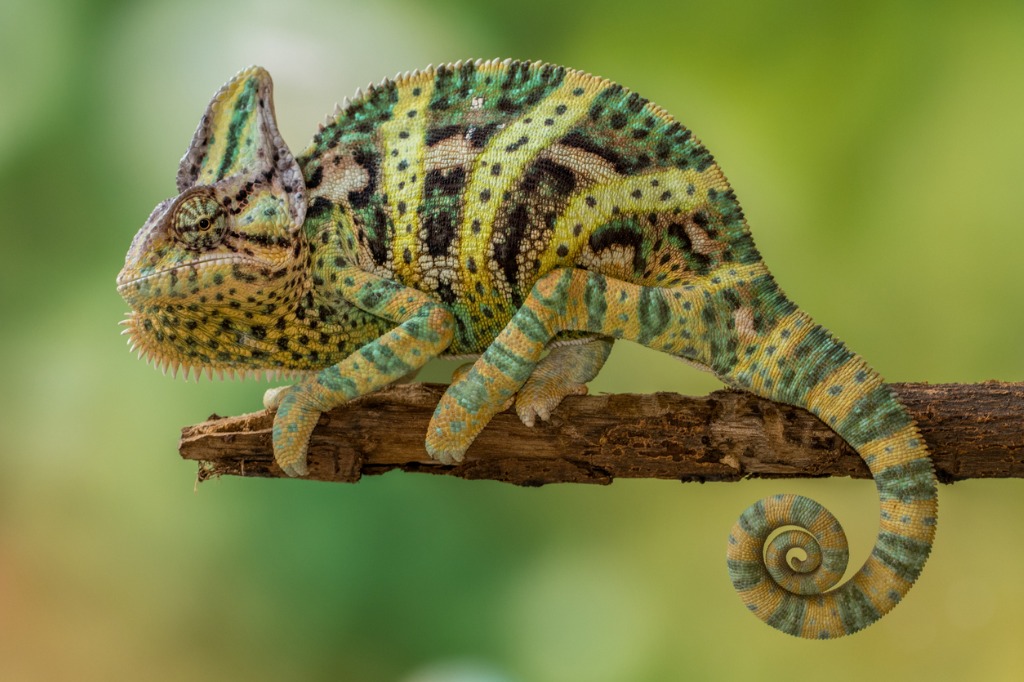
Heating and Temperature Control for Reptiles
 Reptiles are often referred to being “cold-blooded”, which can be misleading. More appropriately they should be considered poikilothermic or ectothermic. This means that, unlike mammals and birds, reptiles are unable to regulate their body temperatures internally and change their body temperature in adaptation to their environmental temperature. Because reptiles do not need to expend as much energy heating their bodies, they have a much lower metabolic rate than that of mammals. Each reptile species has what is referred to as its preferred optimal temperature zone which is a narrow temperature range at which they are active and undergo typical functions such as feeding, digestion, fighting off infections, and reproduction. Outside of this range these functions may be hindered or cease altogether. Some species will hibernate during colder months and during this time their metabolic rate will decrease.
Reptiles are often referred to being “cold-blooded”, which can be misleading. More appropriately they should be considered poikilothermic or ectothermic. This means that, unlike mammals and birds, reptiles are unable to regulate their body temperatures internally and change their body temperature in adaptation to their environmental temperature. Because reptiles do not need to expend as much energy heating their bodies, they have a much lower metabolic rate than that of mammals. Each reptile species has what is referred to as its preferred optimal temperature zone which is a narrow temperature range at which they are active and undergo typical functions such as feeding, digestion, fighting off infections, and reproduction. Outside of this range these functions may be hindered or cease altogether. Some species will hibernate during colder months and during this time their metabolic rate will decrease.
Ultraviolet Lighting for Reptiles
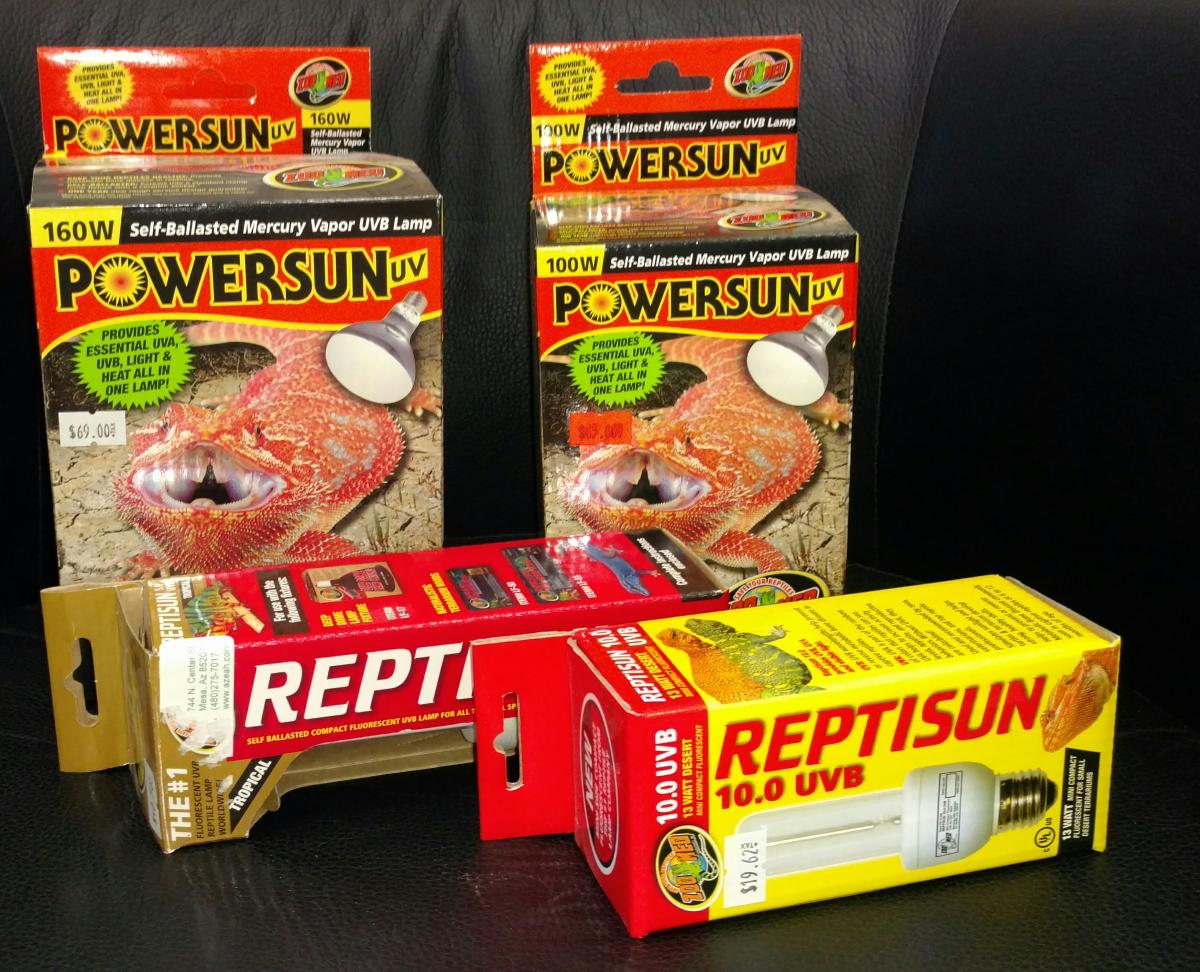 Ultraviolent or UV lighting is a type of light radiation outside of the visible light spectrum found at higher energies than violet light and it is found in 3 forms: A, B, and C. UVA is used by reptiles to regulate their daily biological cycles and rhythms. UVC is damaging radiation that leads to skin damage and cancers. UVB is the most important light for reptiles as it is necessary for many reptiles to properly absorb calcium from their diet in order to utilize it for hardening their bones and other metabolic processes throughout their bodies.
Ultraviolent or UV lighting is a type of light radiation outside of the visible light spectrum found at higher energies than violet light and it is found in 3 forms: A, B, and C. UVA is used by reptiles to regulate their daily biological cycles and rhythms. UVC is damaging radiation that leads to skin damage and cancers. UVB is the most important light for reptiles as it is necessary for many reptiles to properly absorb calcium from their diet in order to utilize it for hardening their bones and other metabolic processes throughout their bodies. Basic Care: Water Dragon
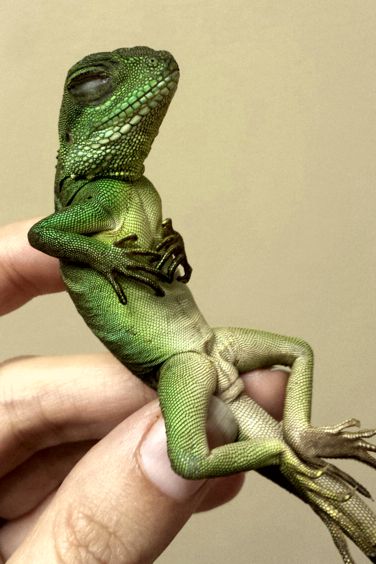 Asian water dragons, also known as the green water dragon or Chinese water dragon, can make beautiful pets but they have specific care needs that must be met in order for them to thrive. Once they are used to your presence, they are generally tame and easily handled. While they occasionally fight among themselves or compete for superiority with cage mates, they are rarely aggressive toward human keepers.
Asian water dragons, also known as the green water dragon or Chinese water dragon, can make beautiful pets but they have specific care needs that must be met in order for them to thrive. Once they are used to your presence, they are generally tame and easily handled. While they occasionally fight among themselves or compete for superiority with cage mates, they are rarely aggressive toward human keepers.
Basic Care: Uromastyx
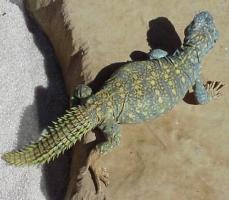 Spiny-tailed lizards (Uromastyx spp.), also commonly referred to as Uromastyx, are among the more popular pet lizards. There are at least 14 different species of these desert-adapted lizards although only a few are being regularly imported or bred in captivity.
Spiny-tailed lizards (Uromastyx spp.), also commonly referred to as Uromastyx, are among the more popular pet lizards. There are at least 14 different species of these desert-adapted lizards although only a few are being regularly imported or bred in captivity.

